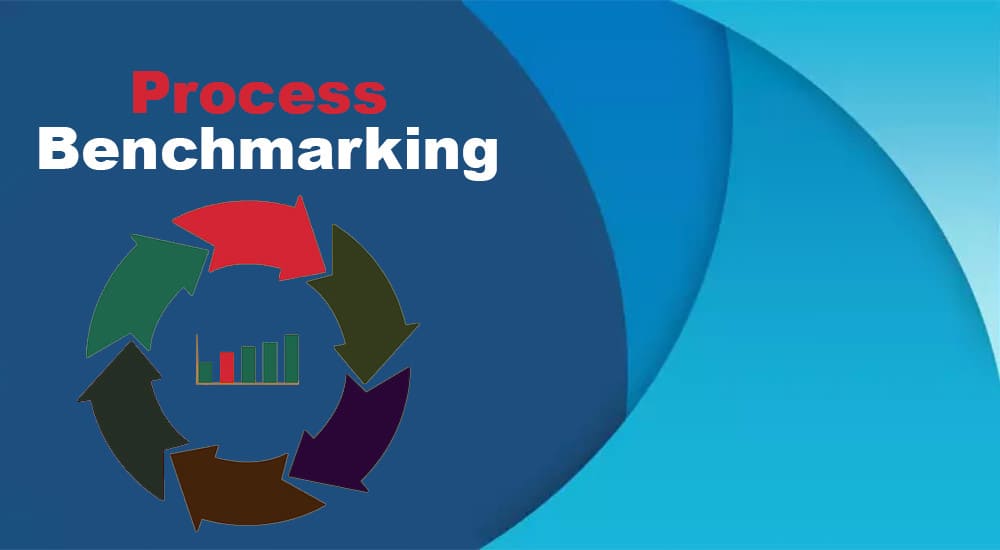Definition: Process benchmarking is a method of comparing a company’s procedures to those of industry leaders to identify flaws and improve processes in order to gain a competitive advantage.
Process benchmarking is followed by a process improvement program.
The process benchmarking framework applies changes to operational approaches to improve performance.
This benchmarking selects a specific production process and then carries out a comparison instead of comparing the whole business operation. By comparing the process at the sub-level, managers can improve their performance and then repeat the same for other processes leading to better overall organizational performance.
The objective is to study every process at different stages and improve them by adopting best industry practices.
Process benchmarking can identify specific equipment, procedures, and skills used in the process. Then businesses can imitate the same in a better way to achieve similar success to the competitor.
This process allows businesses to examine their operations and processes more closely. They can compare their performance to that of their colleagues and identify areas that need to be improved in the near or long term.
Process benchmarking provides sufficient evidence to support resource demands from management or the development of a business case.
Strategic benchmarking and performance benchmarking are the other two benchmarking methods.
Pros of Process Benchmarking
- Unique learning opportunity
- Helps improved business performance
- Motivates employees
Cons of Process Benchmarking
- It is not always easy to imitate
- It might cause intellectual property issues if not done in the right way
Summary
To achieve a competitive advantage, businesses aim to improve their processes and efficiency. Process benchmarking enables businesses to examine competitors that are outperforming them, understand their processes, and apply them to their own benefit to achieve a competitive advantage.
